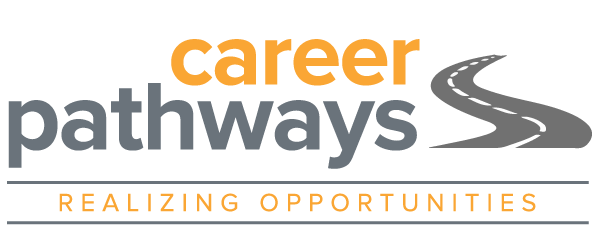Choosing a career path can be confusing and overwhelming.
Use our guide to navigate the process of researching careers and training to accelerate your path to success.
GET STARTED
Explore
Learn About Yourself
Before you can choose a career path, you need to learn more about yourself. Ask yourself:
What are my goals? What am I good at? What type of work do I enjoy? What kind of work–life balance do I want for my future? What does a successful career entail?
Learn About Careers
Research the careers that you are interested in by learning about:
- Job Outlook
- Salary
- Education Requirements
- Work Environment
- Travel Opportunities, and more!
Take a free skills and career assessment to learn about careers that align with your personality, skills, and goals.
PREPARE
Explore Training and Skills
Do you need additional training to pursue this career? Or do you have skills from previous jobs that you could use in your new career?
Plan Your Education Path
Research Education Requirements
Will you need to get an Associate’s, Bachelor’s or Master’s degree? Or should you attend a short–term apprenticeship or certificate
program or apply for an internship or work experience program?
Research Financial Options
As you begin your search for an education program, you need to explore financial options. Will you need to apply for financial aid? Will you need to work part–time while attending school?
These are all important questions that will help you choose the program and a school that is right for you.
Choose a School & Program
Research local schools and programs that will help you achieve your goals. Find out if the school offers part–time, full–time, daytime, nighttime, or online options. Will you receive classroom or hands–on training or both? Ask about financial aid and application deadlines.
Need to get your GED™ or enroll in language classes?
We may be able to help you pay for and enroll in a full-time or part-time program.
As you research training opportunities keep an open mind about alternate education paths.
CONNECT
Use these tools to research careers, scholarships and financial aid and learn about education requirements and training providers.
